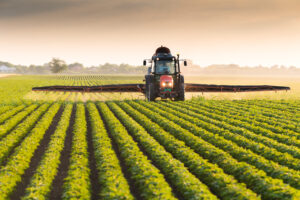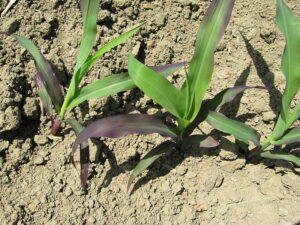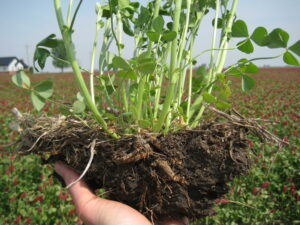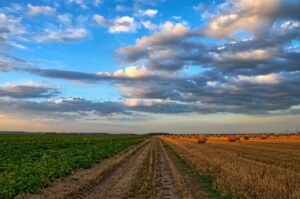Increasing the Nutrient Value of Forage
Forage quality can be defined in many ways since it is associated with nutrients, energy, protein, digestibility, fiber, minerals, and vitamins. Increasing the nutrient value in forage is crucial for maintaining and improving the overall health and productivity of livestock. A multifaceted approach can be employed to enhance the nutritional profile of forage.
One primary strategy is to select and cultivate high-quality forage species and varieties. Leguminous cover crops such as alfalfa and clover are excellent choices due to their high protein content and ability to fix atmospheric nitrogen, which improves soil fertility. Integrating these legumes with grasses can result in a more balanced nutrient profile, providing both protein and energy for the livestock.
Soil health plays a pivotal role in the nutritional quality of forage. Regular soil testing and appropriate fertilization are essential practices. Ensuring adequate levels of essential nutrients such as nitrogen, phosphorus, potassium, and trace minerals in the soil can significantly boost the nutrient content of forage plants. Additionally, the application of organic matter, such as compost, can improve soil structure and microbial activity, further enhancing nutrient availability to plants.
Optimizing forage harvesting and preservation techniques is another crucial aspect. The timing of harvest is critical; cutting forage at the right stage of maturity can maximize its nutrient content. For instance, harvesting grasses during the early boot stage and legumes during the early bloom stage typically yields forage with higher protein and digestibility. Post-harvest, methods such as silage fermentation and hay drying must be carefully managed to preserve nutrient content.
Enhancing the nutrient value of forage involves a combination of selecting high-quality plant species, maintaining soil health, and optimizing harvest and preservation techniques. By adopting these practices, farmers can produce forage that meets the nutritional needs of their livestock, leading to healthier animals and improved productivity.
Forage Testing and Analysis Offers Many Benefits
By testing and analyzing the nutrient composition of forage, farmers and livestock managers can make informed decisions about feed rations, supplement needs, and overall herd health management. This process involves collecting forage samples and sending them to laboratories where they are analyzed for key nutritional parameters such as crude protein, fiber, energy content, minerals, and moisture levels.
Benefits of regular forage testing include:
-
- Precisely balance the diets of livestock
-
- Ensure forage quality and consistency
-
- Avoid over- or under-feeding
-
- Develop effective feeding strategies
-
- Gather historical data for long-term farm management and planning
Forage testing is an essential practice for modern livestock management. It provides valuable insights into the nutritional quality of forage. By integrating forage testing into their regular management routines, farmers can enhance animal health and productivity, ensuring a more efficient and sustainable agricultural operation.
Two sources for reliable and affordable forage testing and analysis that we recommend:
Regen Ag Lab
Ward Lab








